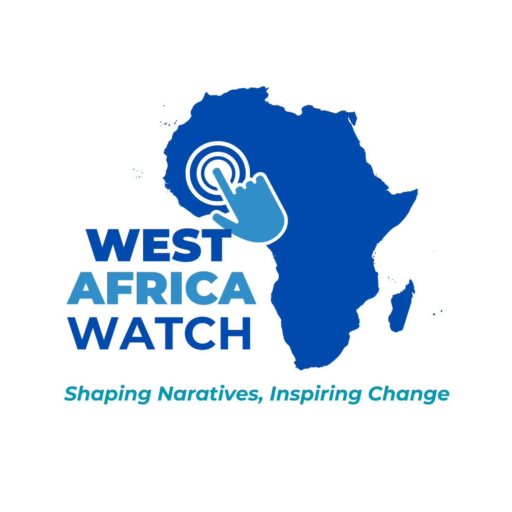The World Health Organization (WHO) has adopted a new strategy by embracing crowdfunding to diversify its funding sources and support its ongoing Investment Round while also strengthening community engagement. The initiative, called One Dollar One World, comes in response to funding gaps caused by the recent withdrawal of the United States from the WHO.
PUNCH Healthwise reports that former U.S. President Donald Trump signed an executive order for the U.S. to withdraw from the WHO, criticizing the organization for its management of the COVID-19 pandemic. The U.S. has been the largest donor to the Geneva-based organization, providing critical financial support for its operations. Its exit is expected to result in a significant restructuring of the institution and potentially disrupt global health initiatives.
The WHO has expressed regret over the U.S. decision and hopes the country will reconsider and engage in a constructive dialogue to maintain a partnership that benefits the global health of millions.
Physicians earlier told PUNCH Healthwise that the U.S. withdrawal would affect the WHO’s ability to respond to global public health challenges and monitor new and existing infectious diseases due to funding shortfalls. Additionally, it would impact the agency’s daily operations and the technical expertise previously contributed by the U.S.
On its website, the WHO stated that it supports the One Dollar One World movement, which began as a grassroots initiative by staff member Tania Cernuschi. The goal is to encourage more global participation in solidarity.
The WHO stated, “What began as a grassroots initiative by a WHO staff member has evolved into a global health movement. WHO is now amplifying the One Dollar One World campaign, building on its success to encourage people worldwide to unite in solidarity.”
The agency continued, “By supporting this campaign, WHO is embracing a new approach by utilizing crowdfunding to further its mission. For the first time, WHO is leveraging its existing infrastructure in 150 countries, combined with the WHO Foundation’s global reach, to amplify this movement. This strategic shift enhances community engagement and aligns with WHO’s broader efforts to diversify its funding sources.”
The initiative, launched in early 2025, has seen contributions from approximately 5,000 people across over 140 countries through the WHO Foundation, which works to bring together funders and impactful health initiatives in support of the WHO’s mission.
WHO’s Director-General, Dr. Tedros Ghebreyesus, remarked, “This campaign is not just about crowdfunding; it’s about people standing together to affirm that health is a fundamental right, not a privilege. The power of the One Dollar, One World movement is rooted in the people. I would like to thank my colleague, Tania Cernuschi, for her inspiring vision in launching this initiative.”
Dr. Ghebreyesus added, “In times of crisis, people worldwide can unite to protect and promote the health of others. WHO is proud to support this campaign, which embodies the values of solidarity, action, innovation, and hope.”
The WHO further highlighted that global health challenges, such as pandemics and humanitarian crises, have made it clear that health is a shared responsibility. The One Dollar One World initiative encourages people to turn their concerns into action and show that solidarity—like health—knows no borders.
Cernuschi remarked, “This campaign started with one person, but it now belongs to all of us. It demonstrates that individuals can make a difference, and together we are stronger.”
The WHO noted that donations raised by the WHO Foundation will directly support life-saving efforts worldwide, particularly at the country level, where resources can drive impactful interventions based on decisions made by WHO’s 194 Member States. “Together, we can make real change,” the organization stated.
In response to funding challenges, the WHO also announced cost-cutting measures, including reviewing some health programs, reducing travel expenses, and freezing recruitment except in critical areas.

